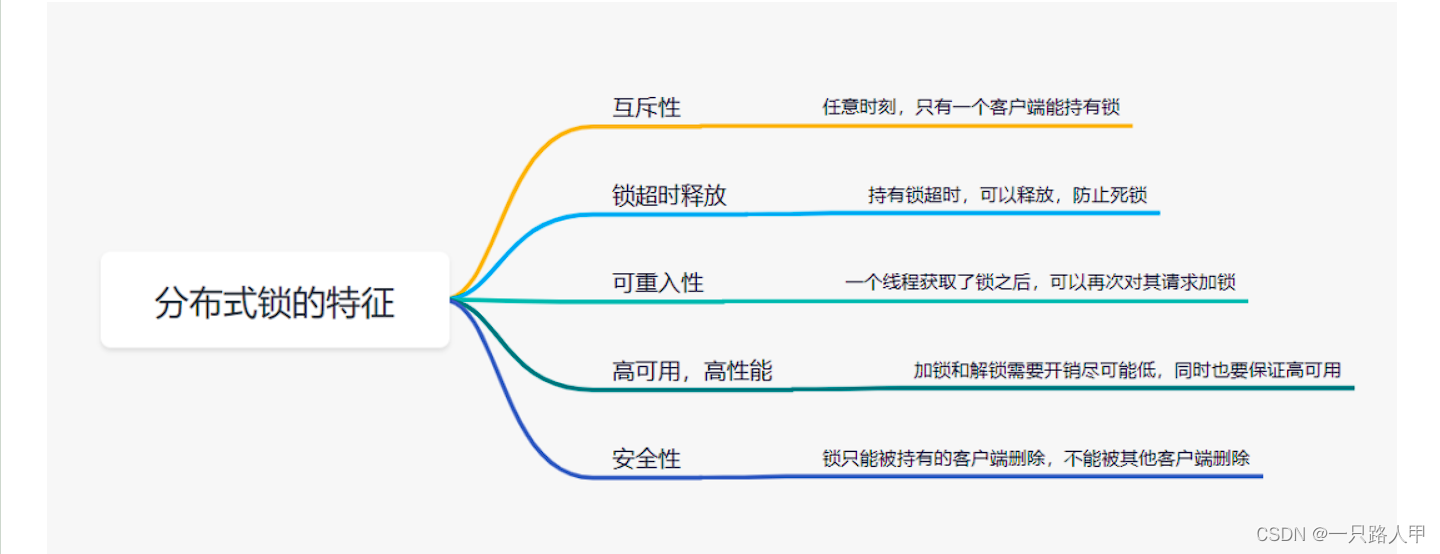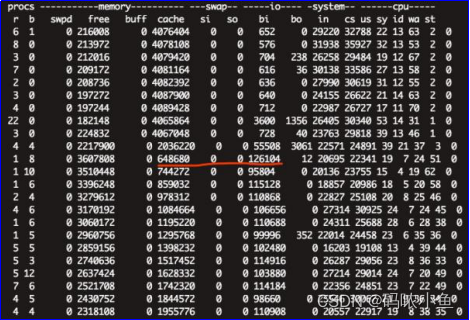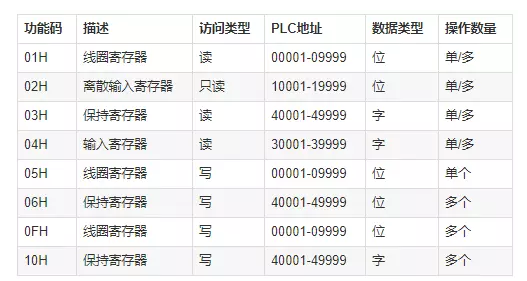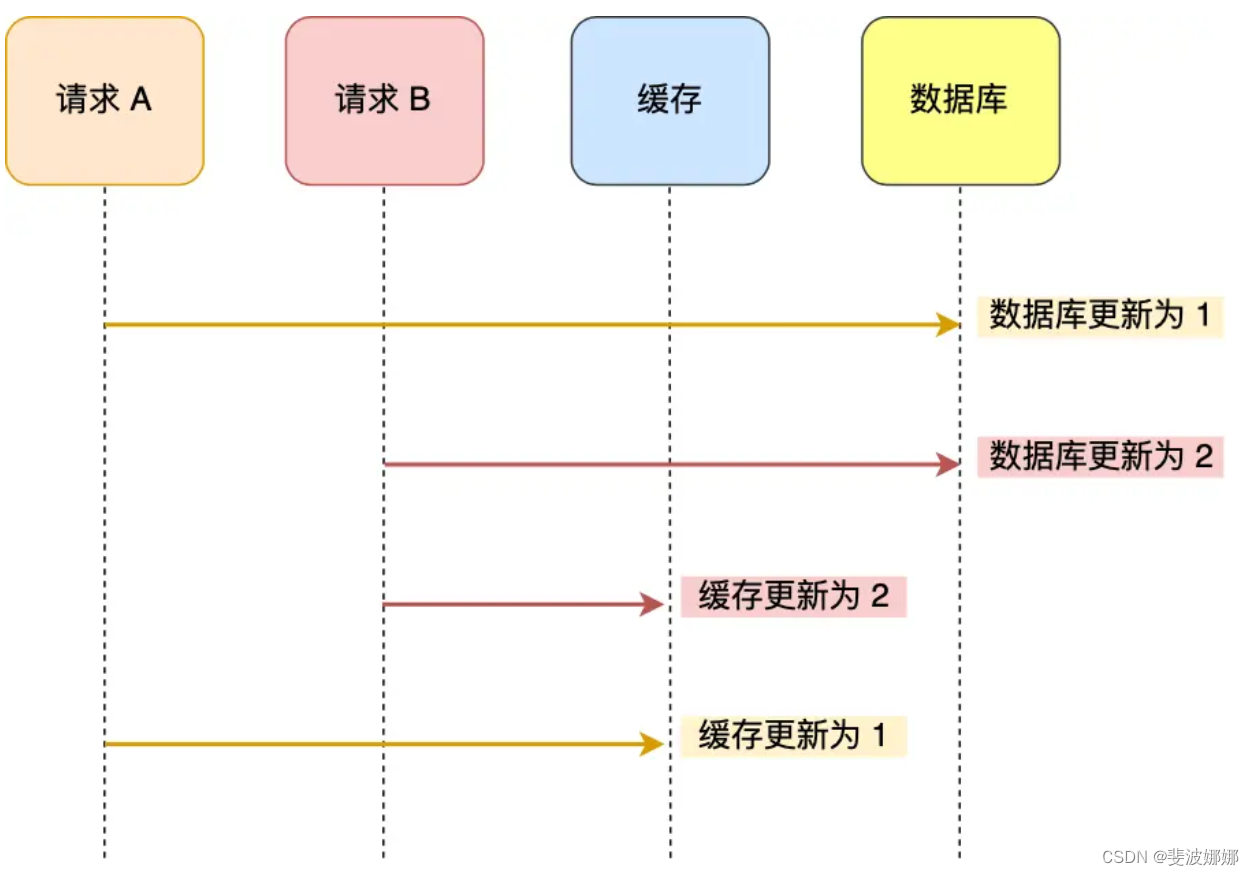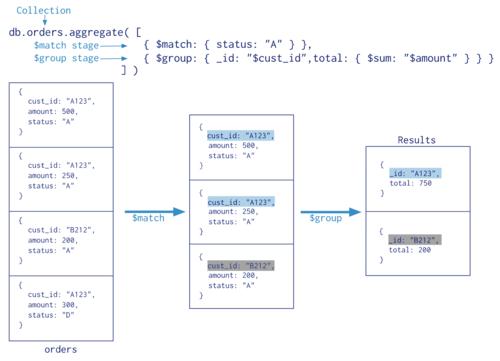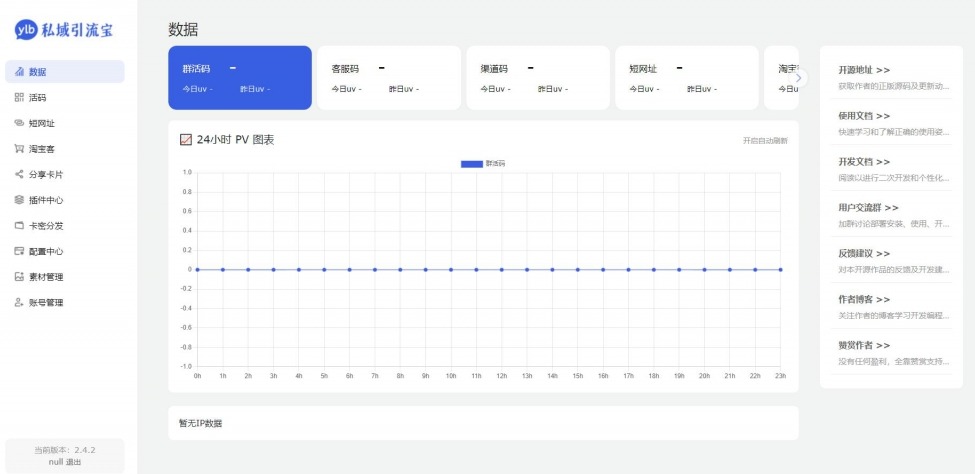1、前言
在笔者进行环境配置的过程中遇到了一系列的问题,其中最核心的问题在于显卡的兼容性问题,由于 Google Research Football 推荐使用的是Tensorflow 1.15版本,官方版是在 CUDA 10.0上进行编译的,笔者使用的 RTX3060 在运行训练代码时会报 “failed to run cuBLAS routine: CUBLAS_STATUS_EXECUTION_FAILED” 错误,检查显存时发现显存占用并不多,究其原因是30系显卡对 CUDA 10.0 的兼容性不好,因此本文将在 1650 Ti 显卡和 RTX3060 分别进行测试。10系和20系显卡可以参考1650 Ti 显卡的安装方法,30系和40系显卡可以参考3060显卡的安装方法。
2、1650Ti 显卡上安装强化学习环境
2.1 安装依赖
- CUDA 10.0
- CUDNN 7.6.4
- python 3.7
- tensorflow 1.15
2.2 安装步骤
- 使用如下指令安装dm-sonnet和tensorflow,dm-sonnet最好安装2.*版本的,不然会与football的很多依赖项有冲突。
python -m pip install dm-sonnet==2.* psutil -i https://pypi.tuna.tsinghua.edu.cn/simple python -m pip install tensorflow-gpu==1.15 -i https://pypi.tuna.tsinghua.edu.cn/simple
- 使用如下指令安装OpenAI Baselines:
git clone https://github.com/openai/baselines.git cd baselines pip install -e . -i https://pypi.tuna.tsinghua.edu.cn/simple
- 使用如下指令运行训练代码,如果成功的话在终端中会出现下图所示内容:
python -m gfootball.examples.run_ppo2 --level=academy_empty_goal_close
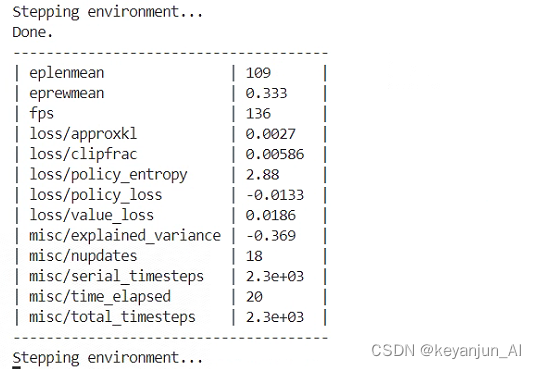
3、3060 显卡上安装强化学习环境
在 3060 显卡上安装强化学习环境可以安装CUDA 11.7,CUDNN 8.4,这样兼容性比较好。
3.1 安装依赖
- CUDA 11.7
- CUDNN 8.4
- python 3.7
- tensorflow 2.6
3.2 安装步骤
- 使用如下指令安装dm-sonnet和tensorflow,dm-sonnet最好安装2.*版本的,不然会与football的很多依赖项有冲突。
python -m pip install dm-sonnet==2.* psutil -i https://pypi.tuna.tsinghua.edu.cn/simple python -m pip install tensorflow-gpu==2.6 -i https://pypi.tuna.tsinghua.edu.cn/simple
- 使用如下指令安装OpenAI Baselines:
git clone https://github.com/openai/baselines.git cd baselines pip install -e . -i https://pypi.tuna.tsinghua.edu.cn/simple
前两步跟 1650Ti 上安装的步骤区别不大,但是对于 3060 显卡来说,安装现在才开始。如果觉得下面过程太复杂了,可以下载笔者修改好的baselines代码。首先可能会遇到 “ImportError: cannot import name ‘dtensor’ from ‘tensorflow.compat.v2.experimental’” 错误。

主要原因是tensorflow和Keras版本不匹配,Keras版本太高,应该与Tensorflow版本相同。
pip install keras==2.6.0 -i https://pypi.tuna.tsinghua.edu.cn/simple
解决上面问题后,会出现“AttributeError: module ‘tensorflow’ has no attribute ‘set_random_seed’”错误:
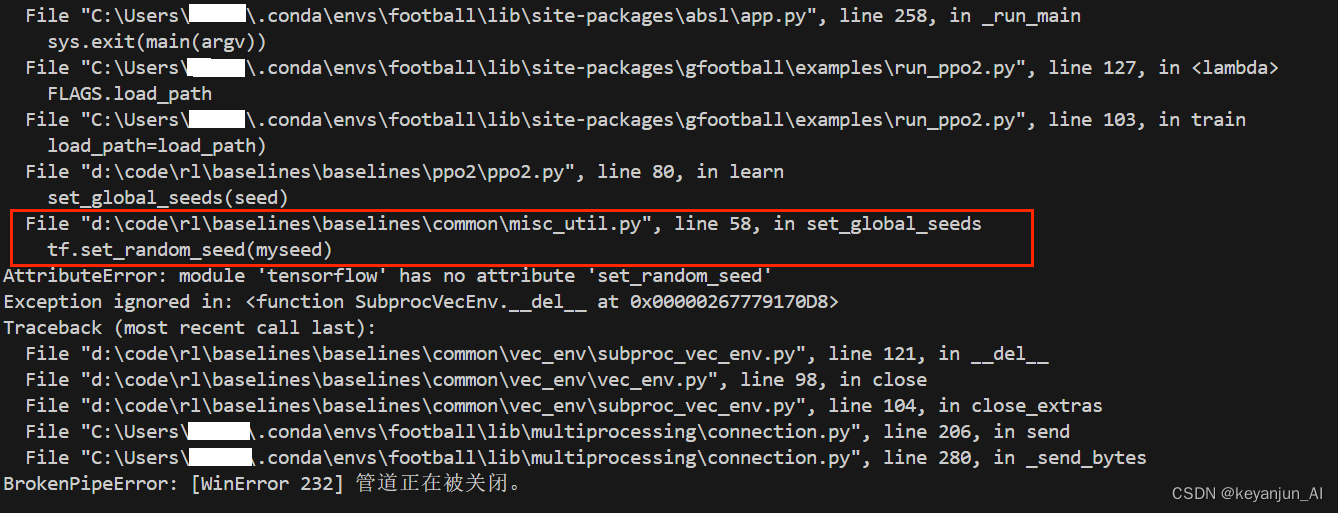
这个错误以及后续所有类似缺少属性的错误都是因为这些属性是tensorflow 1.x版本中的变量,在tensorflow 2.x版本中都移除了,只能使用兼容模式,找到出错的文件,在文件中找到“import tensorflow as tf”语句,用“import tensorflow.compat.v1 as tf”代替“import tensorflow as tf”,这样可以解决兼容性问题,有很多文件都存在这个问题,所有类似的错误都可以用这个方法解决。

接下来还有一类问题,如下图所示,“AttributeError: ‘int’ object has no attribute ‘value’”:

这个错误也是因为tensoflow版本的问题,不过这个处理方法也比较简单,只需要在对应的语句中把".value"几个字符删除即可,所有此类问题都可以用该方法解决。
将这些问题都解决之后,就可以成功运行了。
4、使用训练的权重进行比赛
Google Research Football 支持两个模型进行对战,可以使用以下指令:
python -m gfootball.play_game --players "ppo2_cnn:left_players=1,checkpoint=weights/01600;ppo2_cnn:right_players=1,checkpoint=weights/01900"
5、常见错误
- 在运行训练代码时可能会报:your generated code is out of date and must be regenerated with protoc >= 3.19.0

- 解决方法:改错误是由于 protobuf 版本太高导致的,需要降级到3.20以下
pip install protobuf==3.20.* -i https://pypi.tuna.tsinghua.edu.cn/simple
- 在运行训练代码时可能会报:TypeError: can’t pickle FlagValues 错误。

- 解决方法:该错误的原因目前还不清楚,可能是依赖库的版本兼容问题,好在问题可以通过修改代码来解决。在anaconda的football环境中找到以下路径中的run_ppo2.py文件:football\lib\site-packages\gfootball\examples\run_ppo2.py 并将run_ppo2.py中的代码用如下代码替换:
"""Runs football_env on OpenAI's ppo2.""" from __future__ import absolute_import from __future__ import division from __future__ import print_function import multiprocessing import os from absl import app from absl import flags from baselines import logger from baselines.bench import monitor from baselines.common.vec_env.subproc_vec_env import SubprocVecEnv from baselines.ppo2 import ppo2 import gfootball.env as football_env from gfootball.examples import models FLAGS = flags.FLAGS flags.DEFINE_string('level', 'academy_empty_goal_close', 'Defines type of problem being solved') flags.DEFINE_enum('state', 'extracted_stacked', ['extracted', 'extracted_stacked'], 'Observation to be used for training.') flags.DEFINE_enum('reward_experiment', 'scoring', ['scoring', 'scoring,checkpoints'], 'Reward to be used for training.') flags.DEFINE_enum('policy', 'cnn', ['cnn', 'lstm', 'mlp', 'impala_cnn', 'gfootball_impala_cnn'], 'Policy architecture') flags.DEFINE_integer('num_timesteps', int(2e6), 'Number of timesteps to run for.') flags.DEFINE_integer('num_envs', 1, 'Number of environments to run in parallel.') flags.DEFINE_integer('nsteps', 128, 'Number of environment steps per epoch; ' 'batch size is nsteps * nenv') flags.DEFINE_integer('noptepochs', 4, 'Number of updates per epoch.') flags.DEFINE_integer('nminibatches', 8, 'Number of minibatches to split one epoch to.') flags.DEFINE_integer('save_interval', 100, 'How frequently checkpoints are saved.') flags.DEFINE_integer('seed', 0, 'Random seed.') flags.DEFINE_float('lr', 0.00008, 'Learning rate') flags.DEFINE_float('ent_coef', 0.01, 'Entropy coeficient') flags.DEFINE_float('gamma', 0.993, 'Discount factor') flags.DEFINE_float('cliprange', 0.27, 'Clip range') flags.DEFINE_float('max_grad_norm', 0.5, 'Max gradient norm (clipping)') flags.DEFINE_bool('render', False, 'If True, environment rendering is enabled.') flags.DEFINE_bool('dump_full_episodes', False, 'If True, trace is dumped after every episode.') flags.DEFINE_bool('dump_scores', False, 'If True, sampled traces after scoring are dumped.') flags.DEFINE_string('load_path', None, 'Path to load initial checkpoint from.') def create_single_football_env(iprocess, level, state, reward_experiment, render, dump_full_episodes, dump_scores): env = football_env.create_environment( env_name=level, stacked=('stacked' in state), rewards=reward_experiment, logdir=logger.get_dir(), write_goal_dumps=dump_scores and (iprocess == 0), write_full_episode_dumps=dump_full_episodes and (iprocess == 0), render=render and (iprocess == 0), dump_frequency=50 if render and iprocess == 0 else 0) env = monitor.Monitor(env, logger.get_dir() and os.path.join(logger.get_dir(), str(iprocess))) return env def train(level, state, reward_experiment, policy, num_timesteps, num_envs, nsteps, noptepochs, nminibatches, save_interval, seed, lr, ent_coef, gamma, cliprange, max_grad_norm, render, dump_full_episodes, dump_scores, load_path): vec_env = SubprocVecEnv([ (lambda _i=i: create_single_football_env(_i, level, state, reward_experiment, render, dump_full_episodes, dump_scores)) for i in range(num_envs) ], context=None) # Import tensorflow after we create environments. TF is not fork sake, and # we could be using TF as part of environment if one of the players is # controlled by an already trained model. import tensorflow.compat.v1 as tf ncpu = multiprocessing.cpu_count() config = tf.ConfigProto(allow_soft_placement=True, intra_op_parallelism_threads=ncpu, inter_op_parallelism_threads=ncpu) config.gpu_options.allow_growth = True tf.Session(config=config).__enter__() ppo2.learn(network=policy, total_timesteps=num_timesteps, env=vec_env, seed=seed, nsteps=nsteps, nminibatches=nminibatches, noptepochs=noptepochs, max_grad_norm=max_grad_norm, gamma=gamma, ent_coef=ent_coef, lr=lr, log_interval=1, save_interval=save_interval, cliprange=cliprange, load_path=load_path) if __name__ == '__main__': # app.run(train) app.run(lambda _: train( FLAGS.level, FLAGS.state, FLAGS.reward_experiment, FLAGS.policy, FLAGS.num_timesteps, FLAGS.num_envs, FLAGS.nsteps, FLAGS.noptepochs, FLAGS.nminibatches, FLAGS.save_interval, FLAGS.seed, FLAGS.lr, FLAGS.ent_coef, FLAGS.gamma, FLAGS.cliprange, FLAGS.max_grad_norm, FLAGS.render, FLAGS.dump_full_episodes, FLAGS.dump_scores, FLAGS.load_path ))
- 在Windows系统上若在训练时打开了渲染的选项,可能会报“BrokenPipeError: [WinError 109] 管道已结束。”或者“OSError: [WinError 6] 句柄无效。”的错误,所以不建议在训练时开启渲染。
- 在运行训练代码时可能会报:TypeError: can’t pickle FlagValues 错误。
- 在运行训练代码时可能会报:your generated code is out of date and must be regenerated with protoc >= 3.19.0
- 使用如下指令安装OpenAI Baselines:
- 使用如下指令安装dm-sonnet和tensorflow,dm-sonnet最好安装2.*版本的,不然会与football的很多依赖项有冲突。
- 使用如下指令运行训练代码,如果成功的话在终端中会出现下图所示内容:
- 使用如下指令安装OpenAI Baselines:
- 使用如下指令安装dm-sonnet和tensorflow,dm-sonnet最好安装2.*版本的,不然会与football的很多依赖项有冲突。


